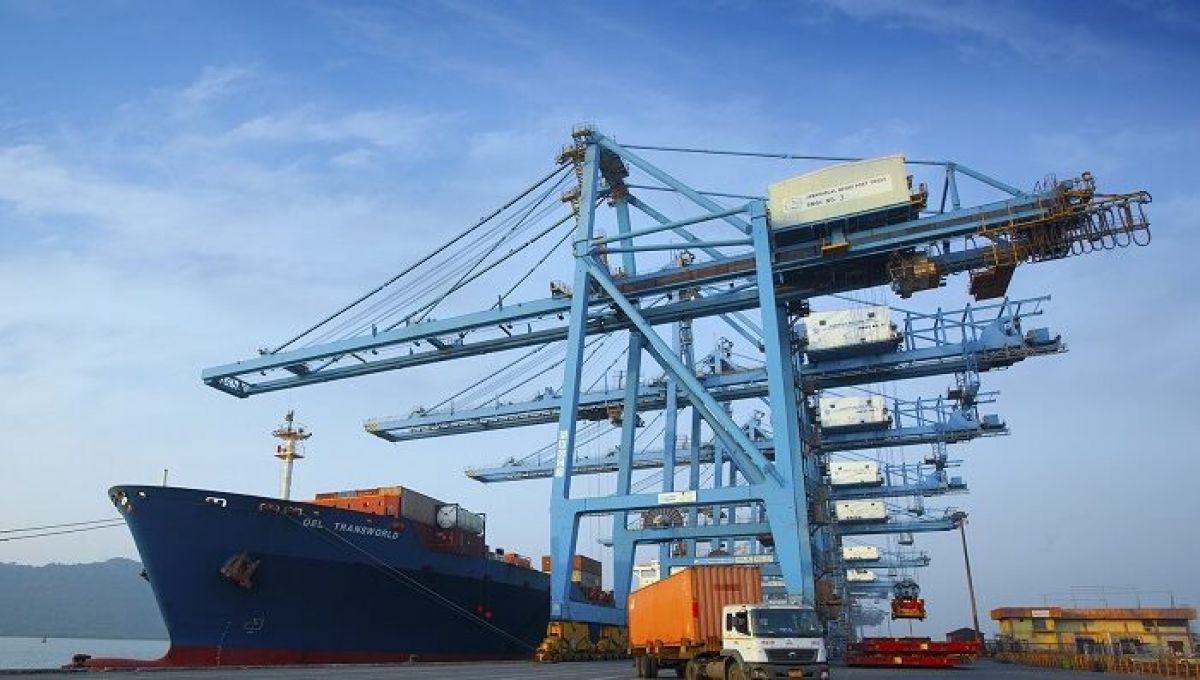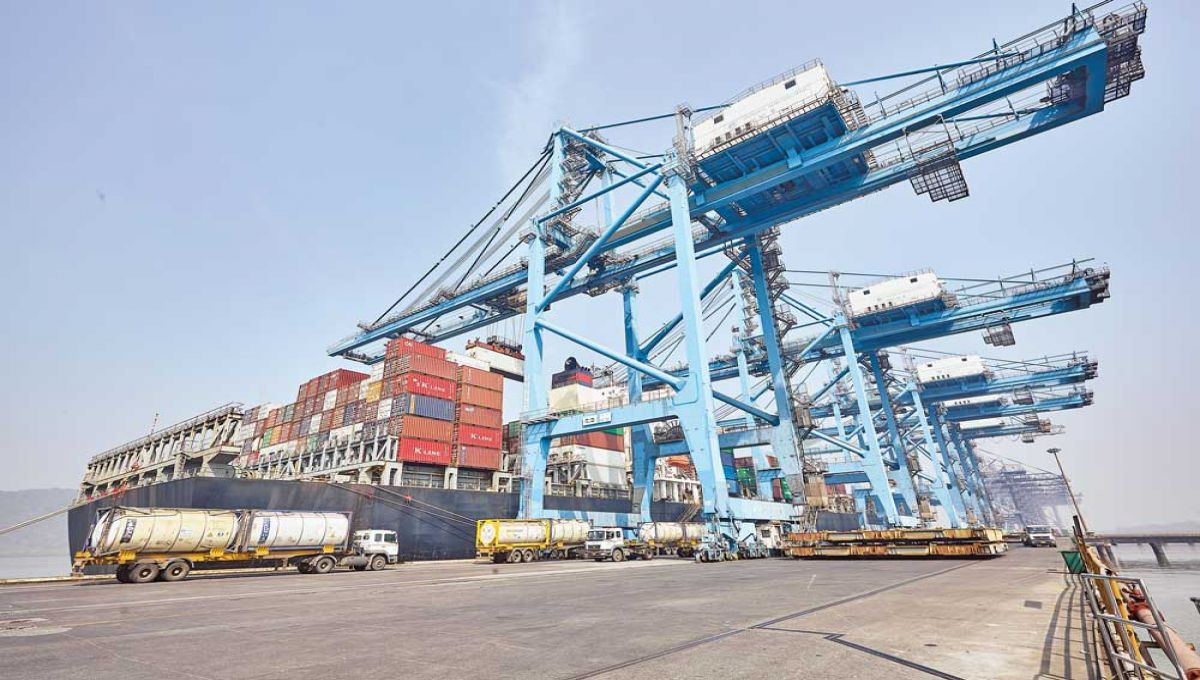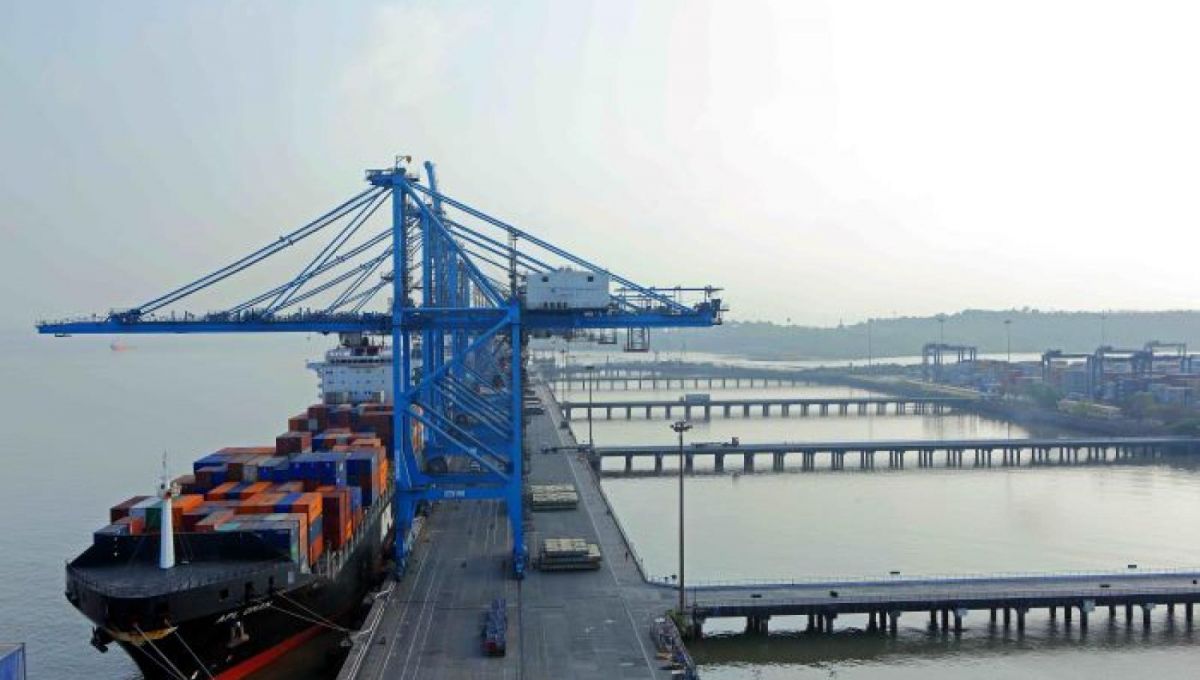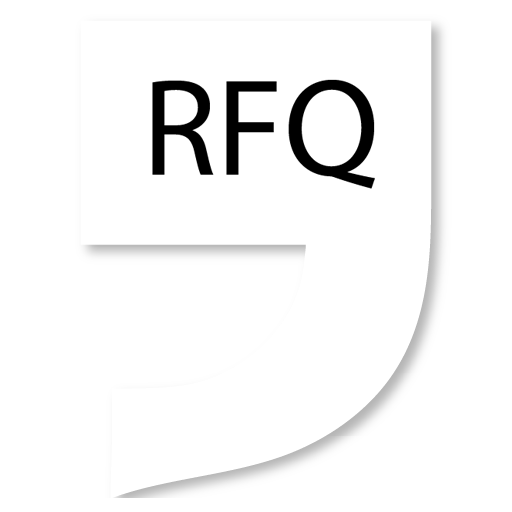In the case of Star Axe I LLC v. Royal and Sun Alliance Luxembourg S.A. & Others (Star Antares) [2023] EWHC 2784, the Commercial Court recently addressed a longstanding debate concerning the application of York-Antwerp Rules (YAR) in the context of a general average (GA) adjustment. The crucial question was whether YAR 1994 or YAR 2016 should govern the dispute, as specified in clause (3) of the standard Congenbill 1994 form.
The claimant, issuing bills of lading on the Congenbill 1994 form, argued for the applicability of YAR 1994, while the defendant cargo insurers contended in favor of YAR 2016. The disagreement hinged on whether subsequent YAR versions were considered 'new' sets of rules or modifications.
SOURCE:GOOGLE
The claimant relied on industry publications and academic texts to support the position that subsequent YAR should be treated as 'new' rules, thereby upholding the application of YAR 1994. Conversely, the defendants presented an argument suggesting that clause (3) of Congenbill 1994 acted as an 'inbuilt updating mechanism,' making the most recent YAR applicable for GA adjustments.
The Commercial Court sided with the defendants, emphasizing the reasonable anticipation of further YAR versions. The court considered the wording of 'any subsequent modification' in clause (3) as reasonably applicable to new versions of YAR, supporting the view that YAR 2004 and YAR 2016 could be deemed 'modifications' of YAR 1994. The decision aimed to ensure that GA adjustments align with the evolving landscape of shipborne commerce, in line with the objectives of the Comite Maritime International (CMI).
This legal resolution sets a significant precedent, bringing clarity to the maritime industry regarding the determination of applicable YAR versions in disputes involving GA adjustments, thus addressing a longstanding point of contention.**

 All Categories
All Categories







